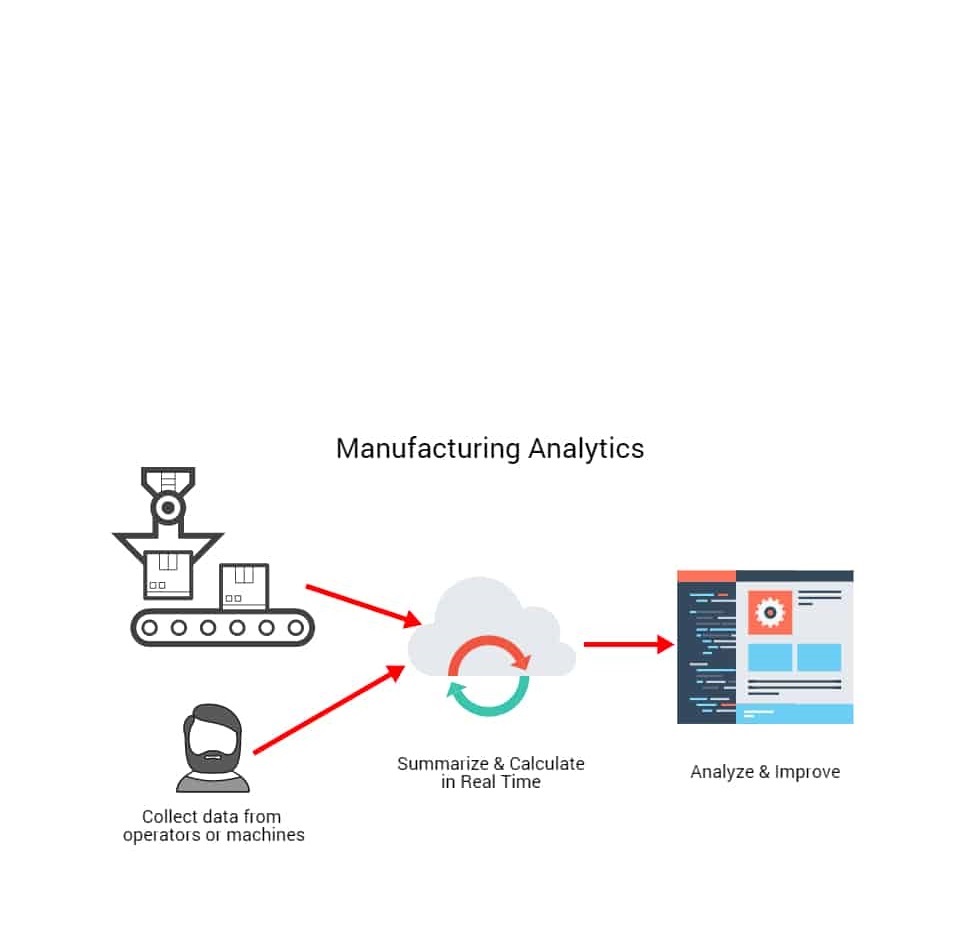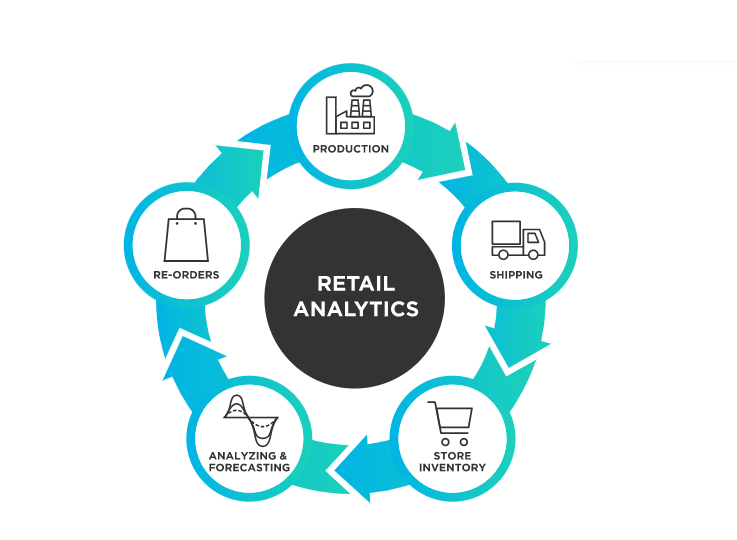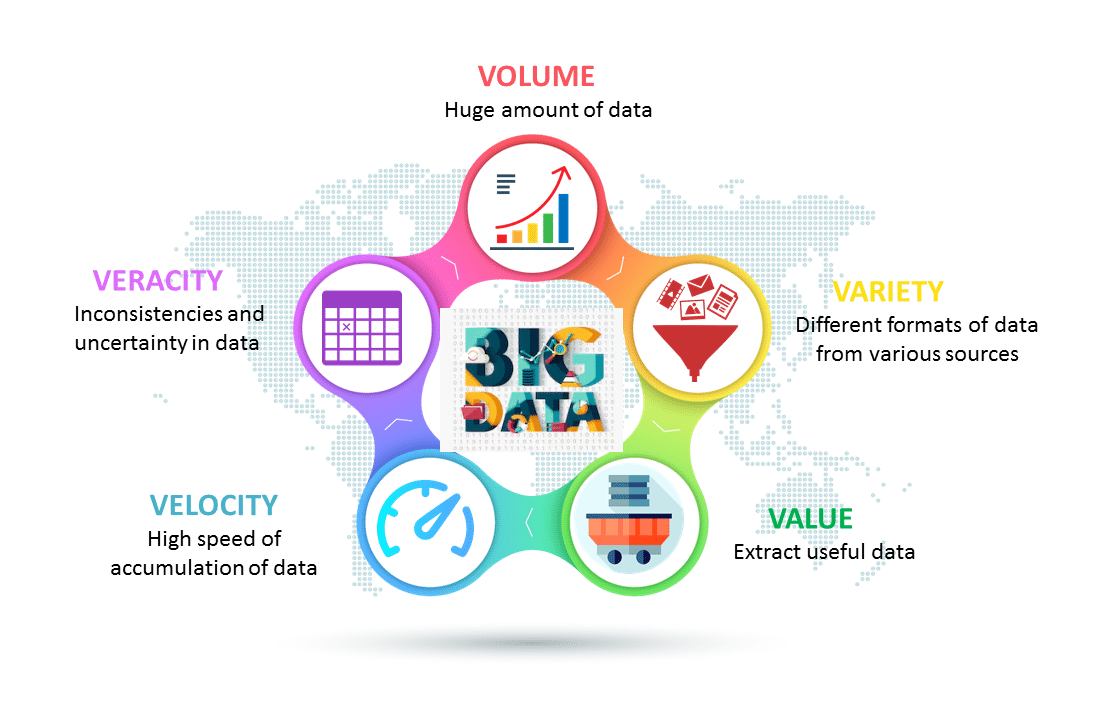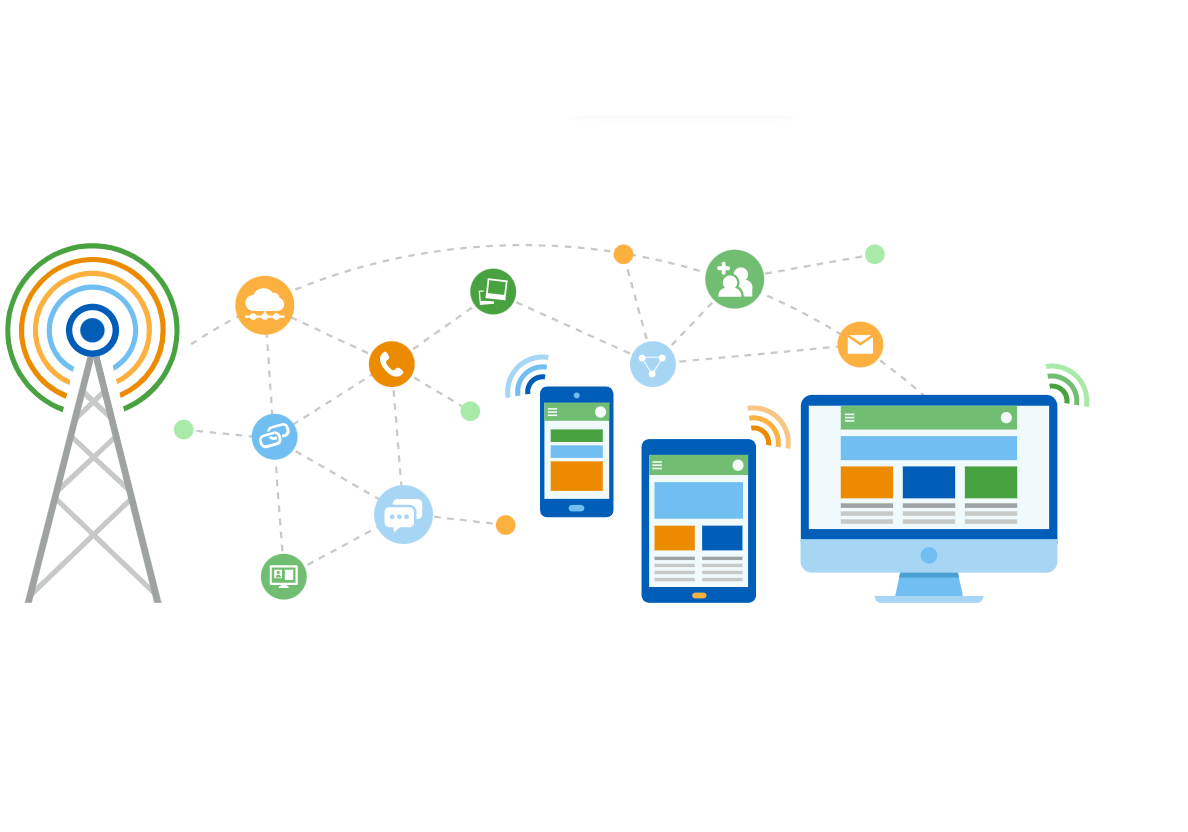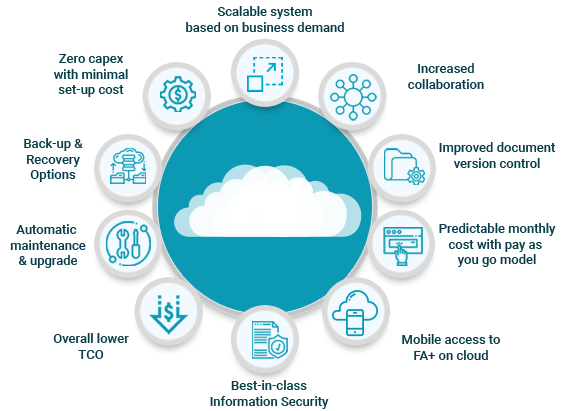Big Data, Analytics AI
We help enterprises to monetize data by navigating thier journey through the
data economy to achieve new models, operational efficiencya and better experiences
Devazo's Big Data Analytics and AI services, enable organizations to deliver
value across the customer's journey by empowering users, creating new business models and
unleashing process improvements
Our AI and Automation services help businesses solve complex problems across
IT and operations with increased AI sophistication. We can partner with you through
consulting, enable businesses and IT to rethink and deliver value at scale.
Why You Need Big Data In The Cloud
Today?
The 4 V’s have been a well known catalyst for the growth of Big Data analysis
in last decade. Moreover, we have entered into a new era where new challenges are evolving
like “variety” of open source technologies, Machine Learning use cases, and the rapid
development across the big data ecosystem. These have added new challenges around how to
keep up with the ever-growing information, while balancing how to ensure the effectiveness
of advanced analytics in such a noisy environment.
Predictive and Prescriptive analytics is in a transient state, and requires
modern infrastructure that traditional data warehouses can’t service. Having a big data
platform that enables teams appropriate self-service access to unstructured data, enables
companies to have more innovative data operations.
Descriptive analytics
This is common in traditional Business Intelligence and reporting analytics.
Diagnostic analytics
This takes Business Intelligence a step further, where the end user could be given a report or have a set of actions sent to them based on the results of the data.
Predictive analytics What Will Happen
Where a model is applied to the data and a decision or probability score is given based on historical events. This data can also be fed back into Business Intelligence systems to help with future decision making.
Prescriptive analytics
Takes the predicted output of the data and places it into a practical application that makes recommendations or alerts end-users (such as with fraud detection or ecommerce shopping). This data usually needs to be put into a data mart that can feed out to an application in near-real time.
How big data analytics works
How big data analytics
Big data analytics refers to collecting, processing, cleaning, and analyzing large datasets to help organizations operationalize their big data.
1. Collect Data
Data collection looks different for every organization. With today’s technology, organizations can gather both structured and unstructured data from a variety of sources — from cloud storage to mobile applications to in-store IoT sensors and beyond. Some data will be stored in data warehouses where business intelligence tools and solutions can access it easily. Raw or unstructured data that is too diverse or complex for a warehouse may be assigned metadata and stored in a data lake.
2. Process Data
Once data is collected and stored, it must be organized properly to get accurate results on analytical queries, especially when it’s large and unstructured. Available data is growing exponentially, making data processing a challenge for organizations. One processing option is batch processing, which looks at large data blocks over time. Batch processing is useful when there is a longer turnaround time between collecting and analyzing data. Stream processing looks at small batches of data at once, shortening the delay time between collection and analysis for quicker decision-making. Stream processing is more complex and often more expensive.
3. Clean Data
Data big or small requires scrubbing to improve data quality and get stronger results; all data must be formatted correctly, and any duplicative or irrelevant data must be eliminated or accounted for. Dirty data can obscure and mislead, creating flawed insights.
4. Analyze Data
Getting big data into a usable state takes time. Once it’s ready, advanced analytics processes can turn big data into big insights. Some of these big data analysis methods include:
Data mining sorts through large datasets to identify patterns and relationships by identifying anomalies and creating data clusters.
Predictive analytics uses an organization’s historical data to make predictions about the future, identifying upcoming risks and opportunities.
Deep learning imitates human learning patterns by using artificial intelligence and machine learning to layer algorithms and find patterns in the most complex and abstract data.
Benefits and Advantages of Big Data Analytics
1. Risk Management
Big Data analytics to identify fraudulent activities and discrepancies. The organization leverages it to narrow down a list of suspects or root causes of problems.
2. Product Development and Innovations
Big Data analytics to analyze how efficient the engine designs are and if there is any need for improvements.
3. Quicker and Better Decision Making Within Organizations
Big Data analytics to make strategic decisions. For example, the company leverages it to decide if a particular location would be suitable for a new outlet or not. They will analyze several different factors, such as population, demographics, accessibility of the location, and more.
4. Improve Customer Experience
Use Case: Delta Air Lines uses Big Data analysis to improve customer experiences. They monitor tweets to find out their customers’ experience regarding their journeys, delays, and so on. The airline identifies negative tweets and does what’s necessary to remedy the situation. By publicly addressing these issues and offering solutions, it helps the airline build good customer relations.
Share

